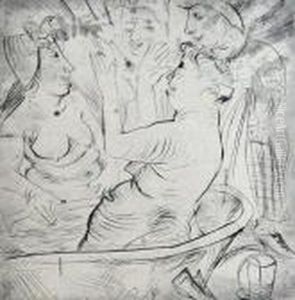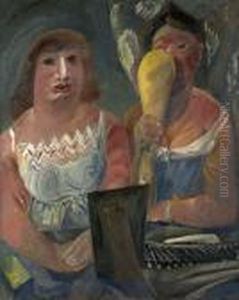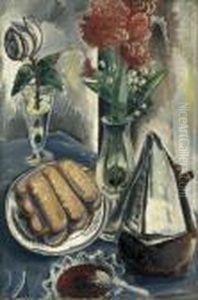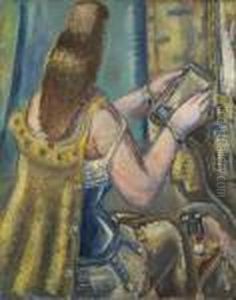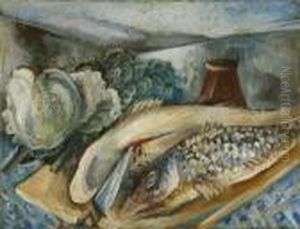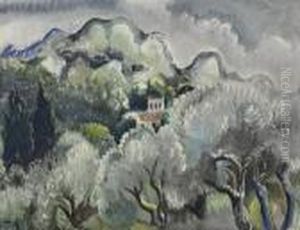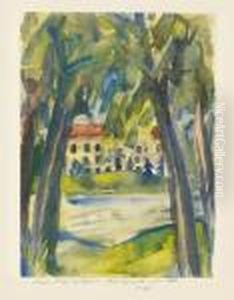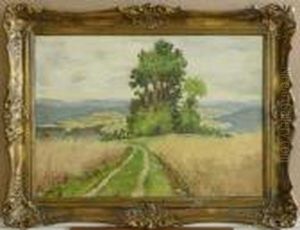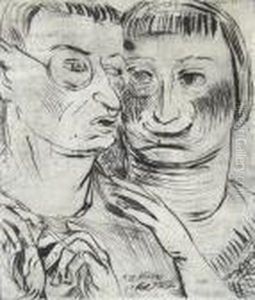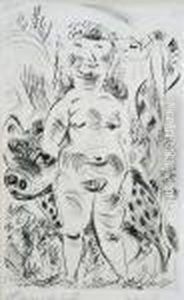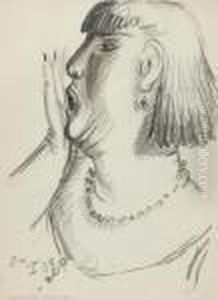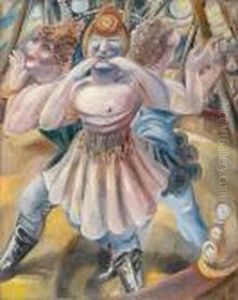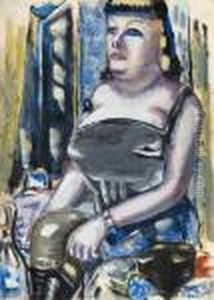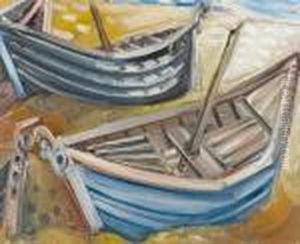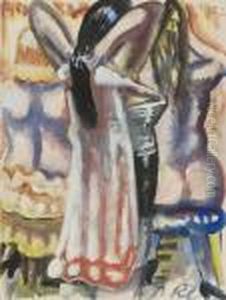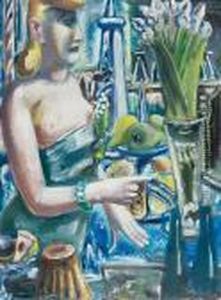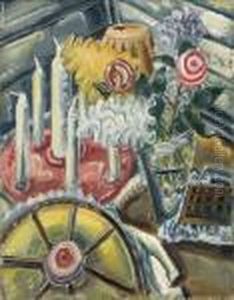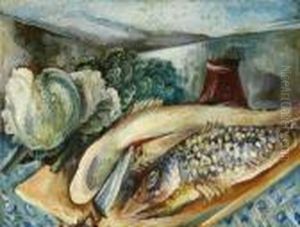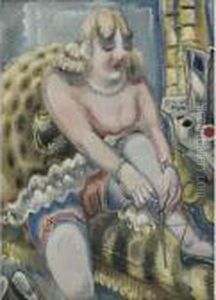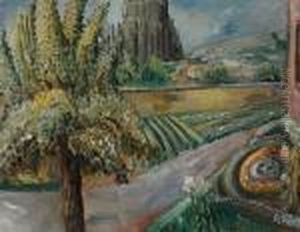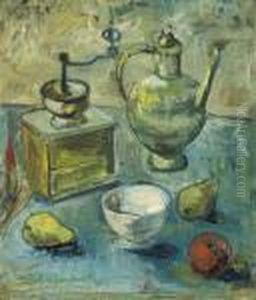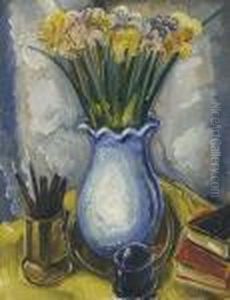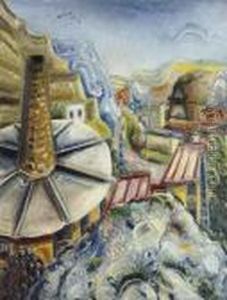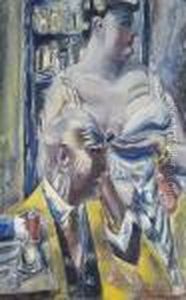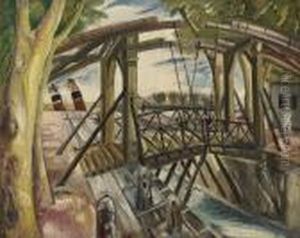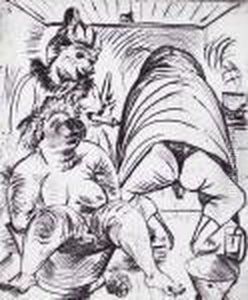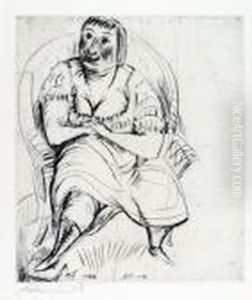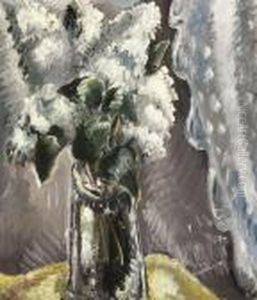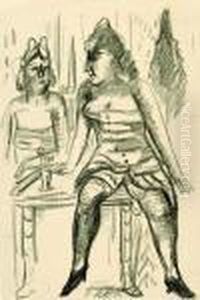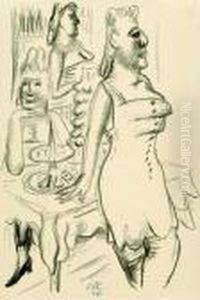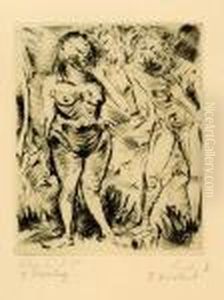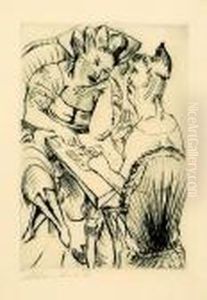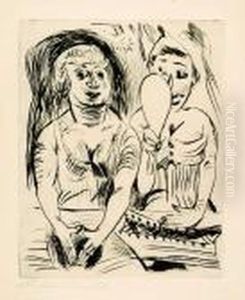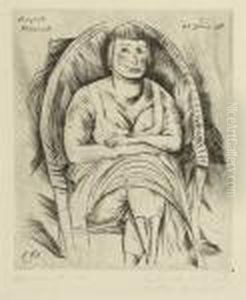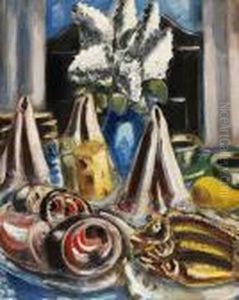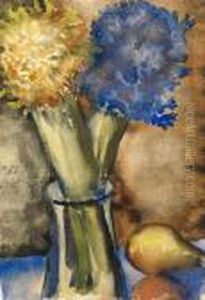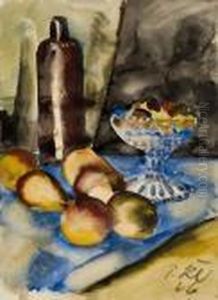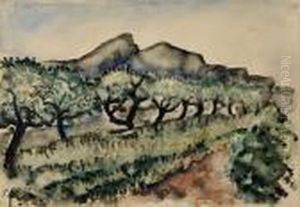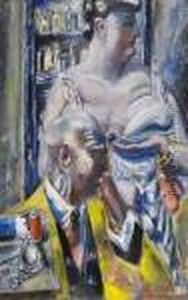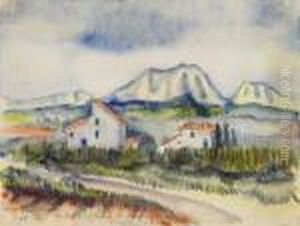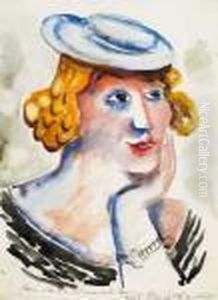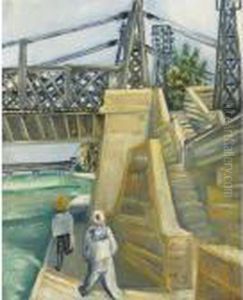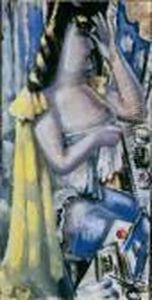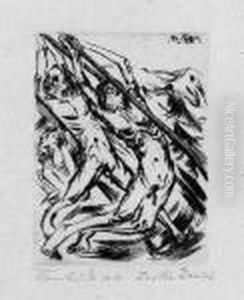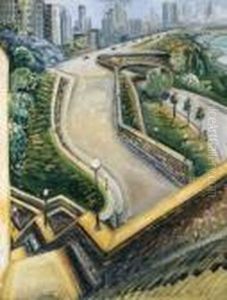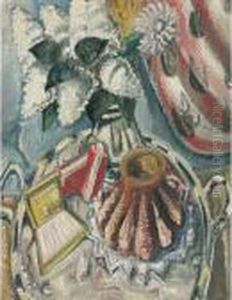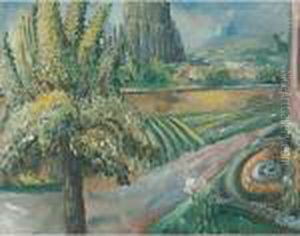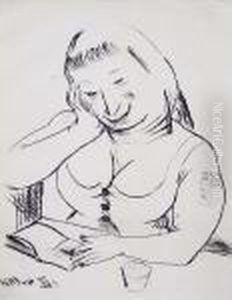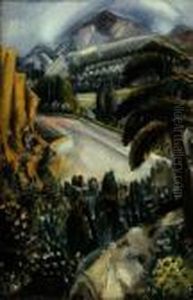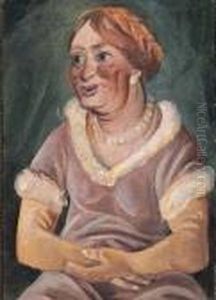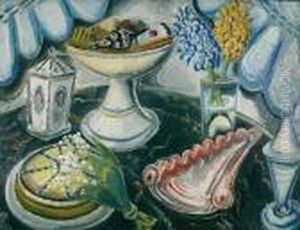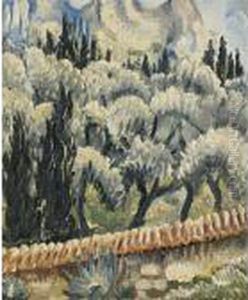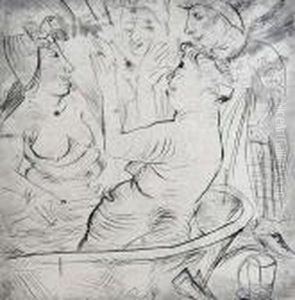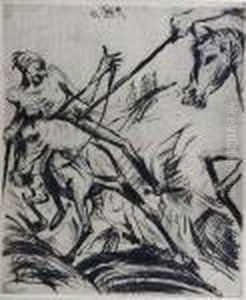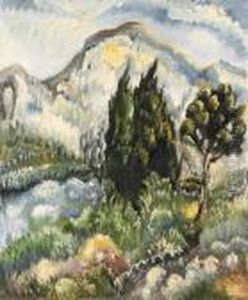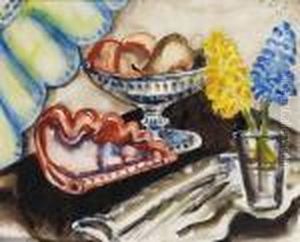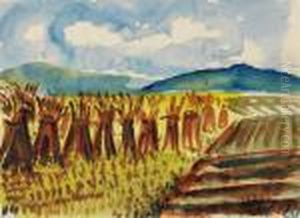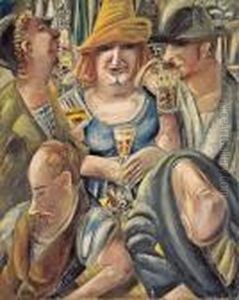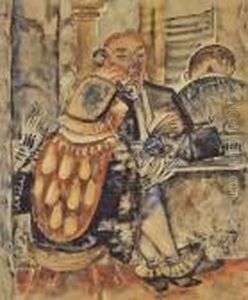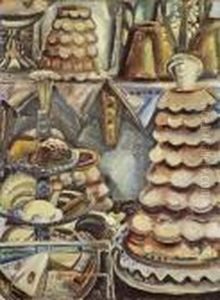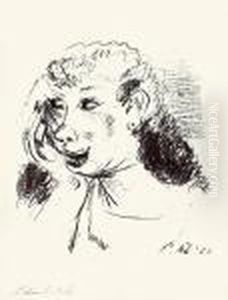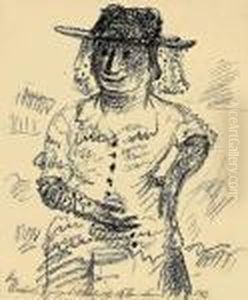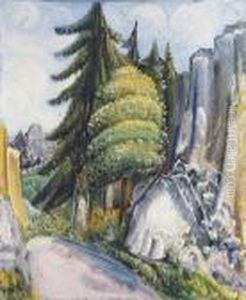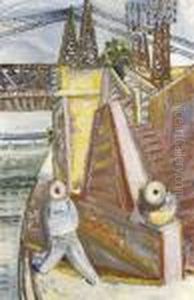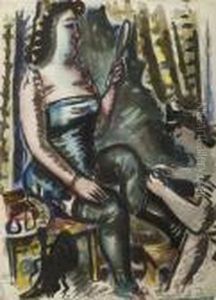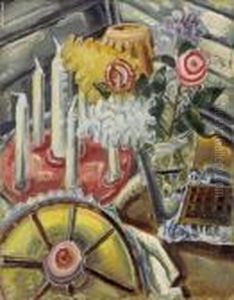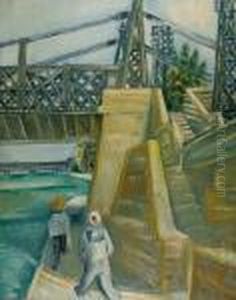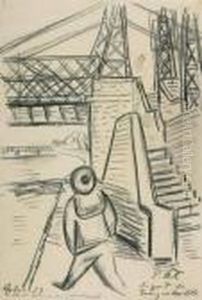Paul Kleinschmidt Paintings
Paul Kleinschmidt was a German painter and printmaker known for his expressive figuration and depictions of the human form. Born on July 31, 1883, in Bublitz, Pomerania (now Bobolice, Poland), he was part of a generation of artists that emerged in Germany before World War I, who were deeply influenced by the radical changes in art and society at the time.
Kleinschmidt's early work was influenced by the vibrant cultural scene of Berlin, where he moved to study at the Royal Academy of Arts. He was particularly affected by the works of the Impressionists and Post-Impressionists, as well as the burgeoning Expressionist movement. His style is characterized by bold colors, intense emotional resonance, and a focus on social themes, often depicting the nightlife, cabarets, and the bohemian circles of Berlin.
During World War I, Kleinschmidt served in the German Army, and the experience had a profound effect on his work. After the war, he became associated with the November Group, a collective of artists and architects with a leftist orientation, who sought to play a role in the newly formed Weimar Republic's cultural scene.
In the 1920s, Kleinschmidt's work evolved further, with an increased emphasis on the human figure, often portrayed in a state of vulnerability or isolation, reflecting the anxieties of the interwar period. However, with the rise of the Nazi regime, his work was deemed 'degenerate,' and he faced significant persecution. In 1933, he was forced to leave his teaching position at the Art Academy in Breslau (now Wrocław, Poland), and many of his works were either confiscated or destroyed.
Despite these setbacks, Kleinschmidt continued to work quietly throughout the Nazi period, often retreating to more private subject matter. After World War II, his work began to receive renewed attention, although he never regained the prominence he had enjoyed in the 1920s.
Paul Kleinschmidt died on April 2, 1949, in Baden-Baden, West Germany. His legacy is preserved in the collections of major institutions, and his work is recognized for its unique blend of critical social commentary and deeply personal expressionism, which provides a poignant insight into the tumultuous eras he lived through.
